Day 3 around #iceland: churches, horses, REINDEER, snow, mountains, caves, more snow, more snow, mountains, Akureyri.
Started out in Egilsstaðir, were going to head straight up north but the roads were closed so took a detour around a river+up a valley. Some more nice waterfalls, nothing so large as the previous days but just as much character:

First interesting animal sighting of the day: Reindeer from afar!
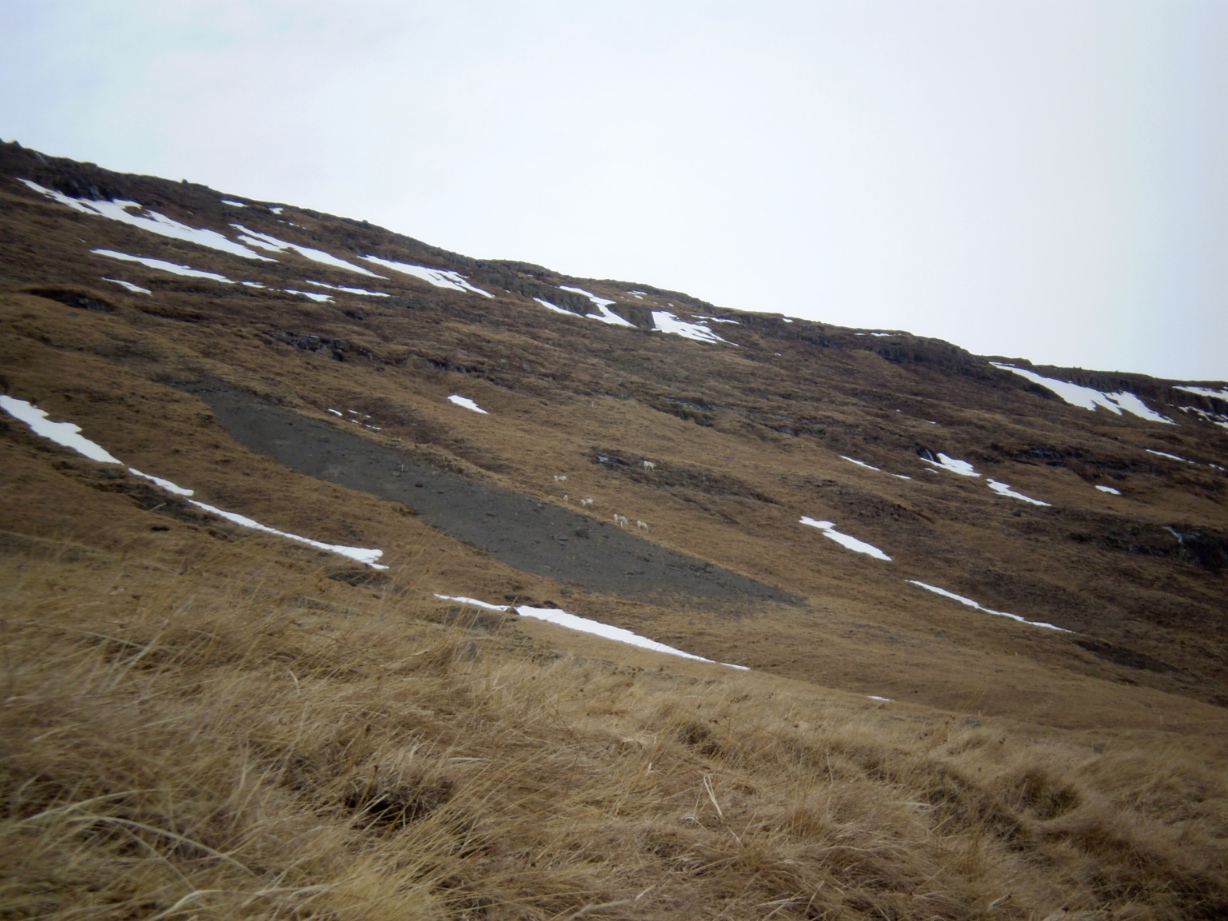
Followed quickly by a closer animal sighting, some beautiful Icelandic horses:
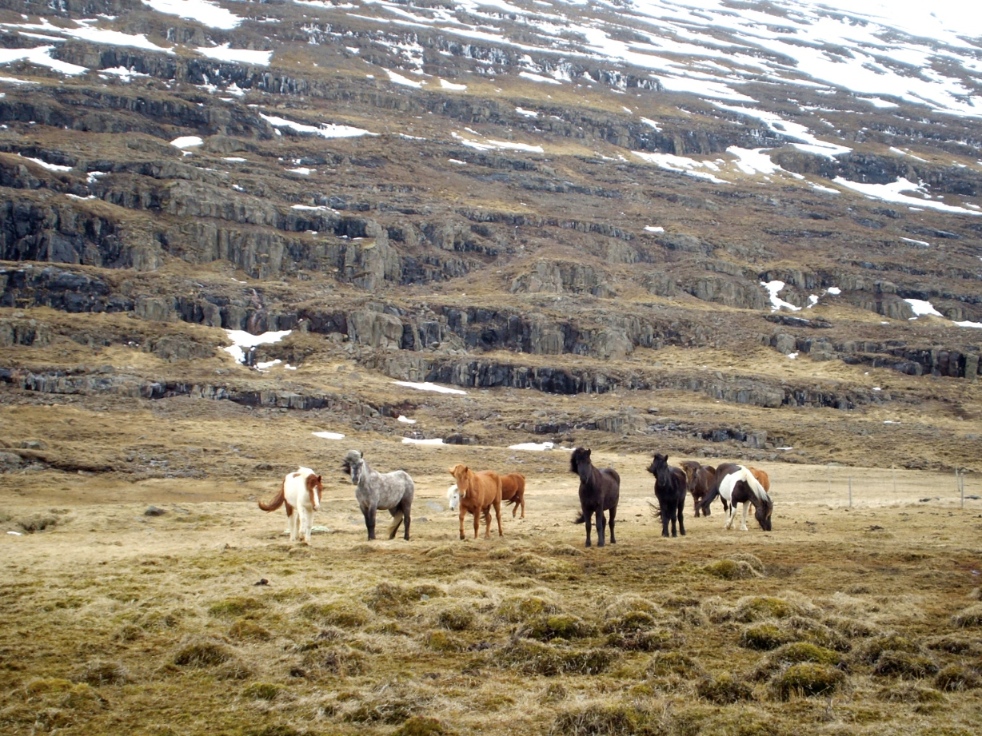
er, halló hrós! Make that much closer:
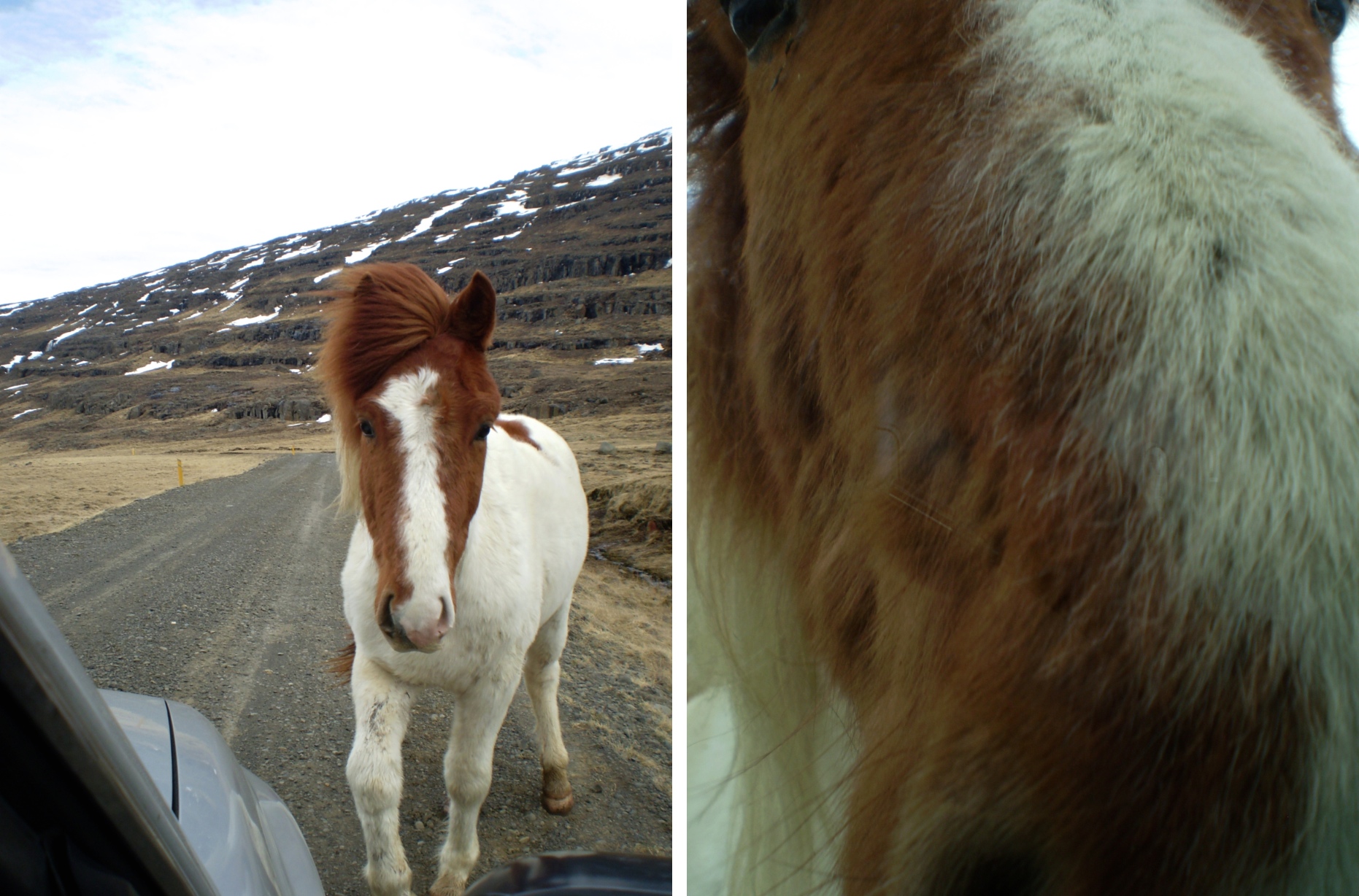
Then off to Mývatn and the Grjótagjá geothermal caves, with one of the most unstable looking entrances I’ve ever seen at a tourist destination:
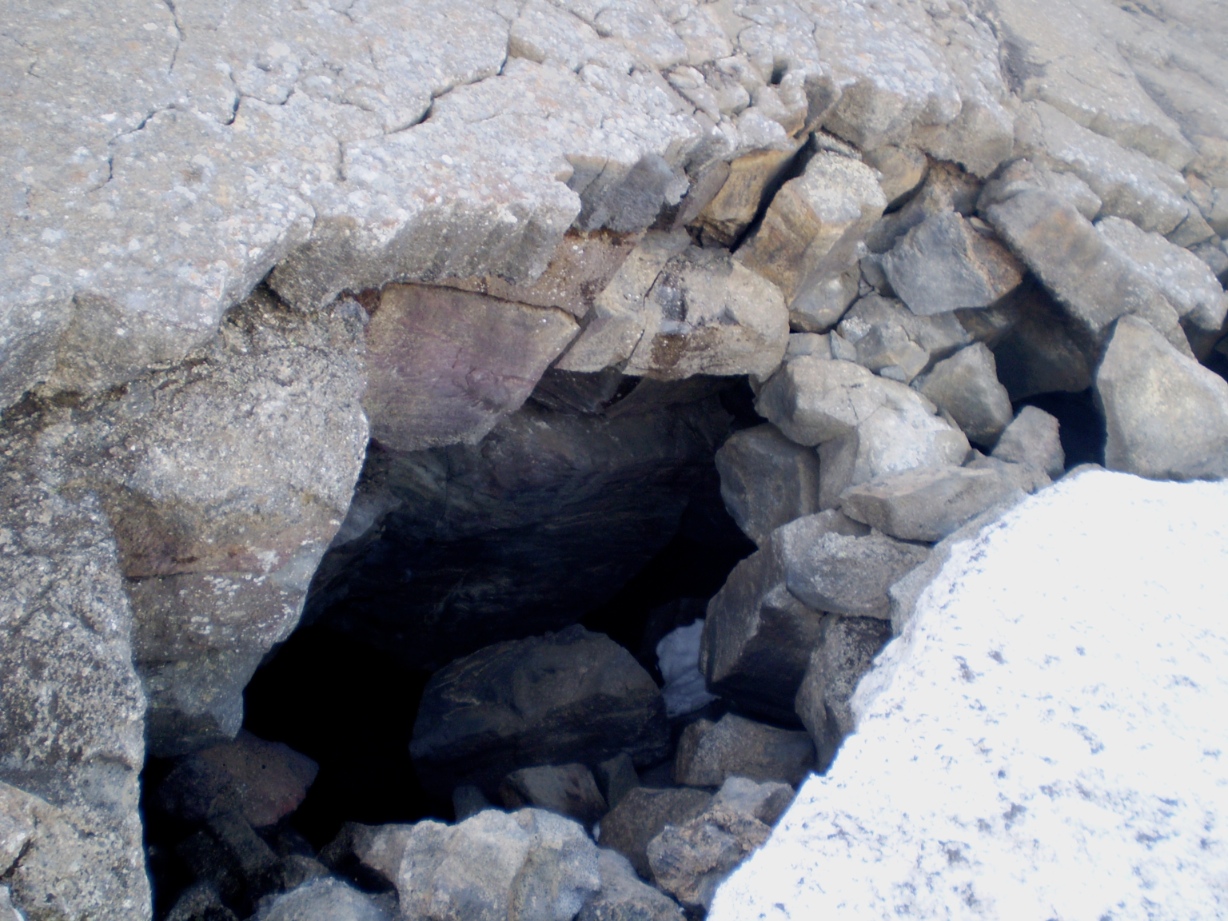
The caves are impressive from the inside but can only really be appreciated once viewed from above:
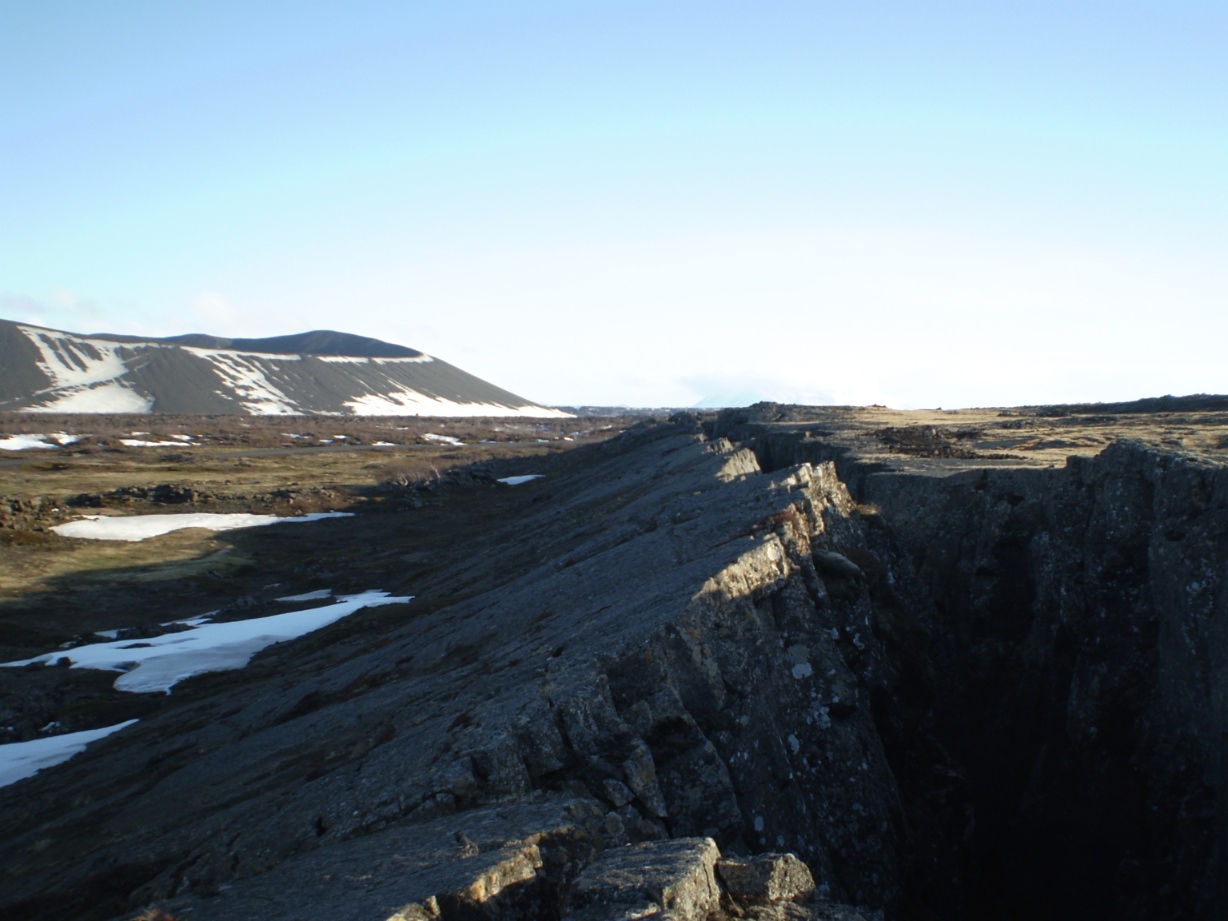


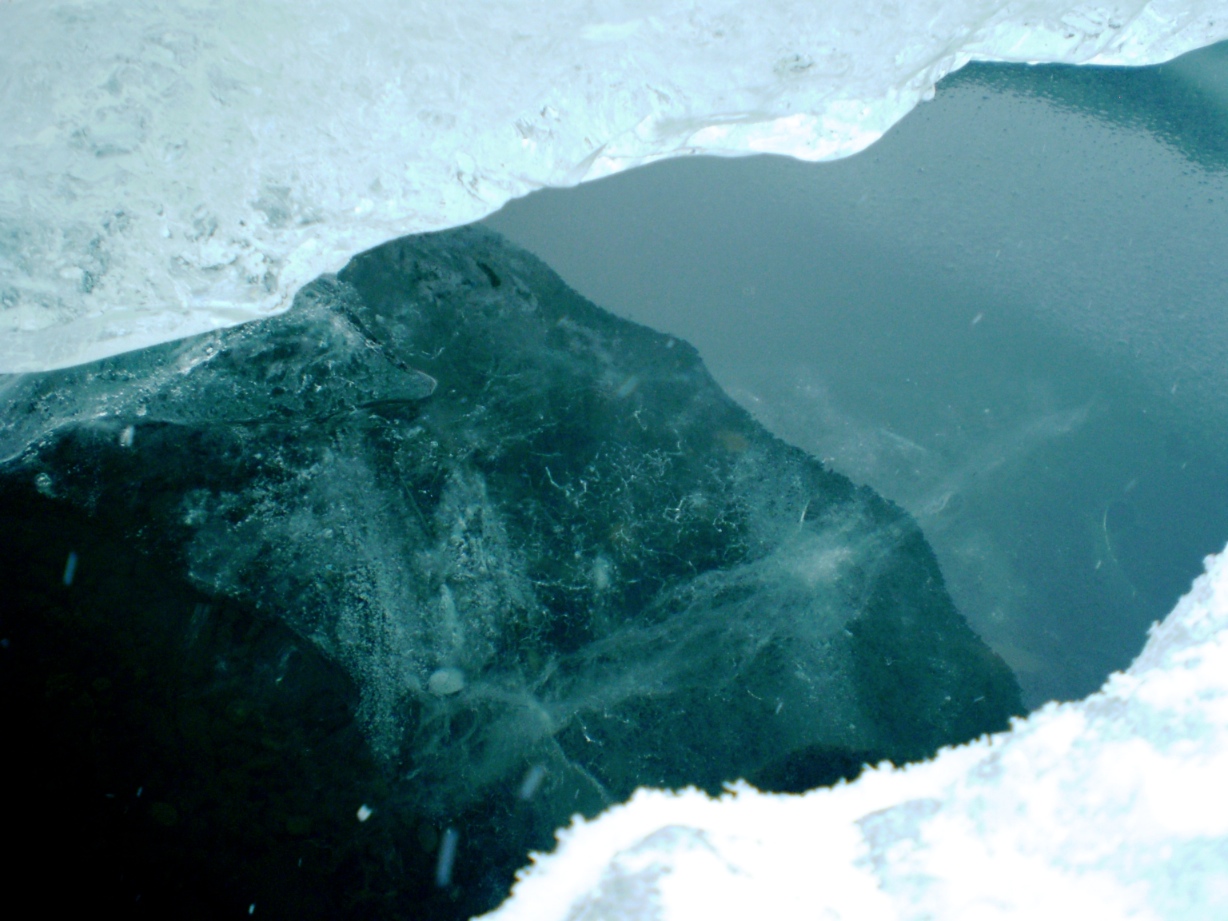





 Brennan Novak
Brennan Novak Aitor García Rey
Aitor García Rey